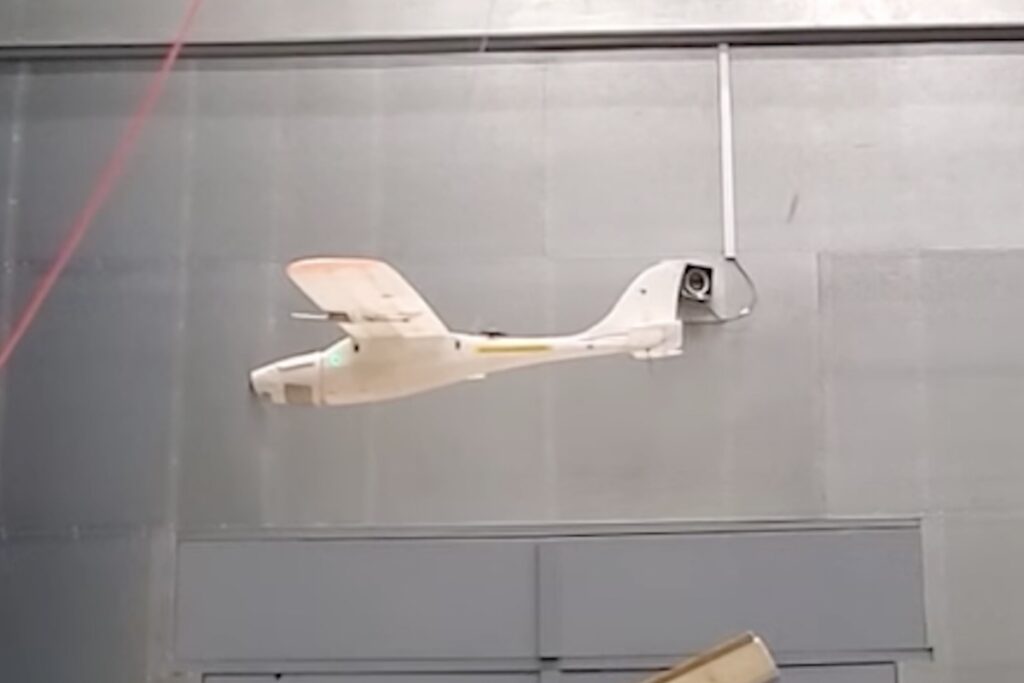Researchers at MAVLab, Technical University Delft (TU Delft), in the Netherlands, have looked at birds in flight to develop a technology that allows small drones to hover over a given spot for a long time and with minimal energy consumption.
An academic paper, published in August 2023, describes how scientists managed to have an autonomous micro air vehicle (MAV), essentially a small drone, find and correct its optimal hovering position in changing wind conditions via tests conducted in a wind tunnel.
The researchers reduced the drone’s throttle usage (electric motor speed) to only 0.25% on average for the entire soaring flight, compared to the usual 38% required by a powered flight.
By using these new ultra-efficient hovering techniques, the drone continued to soar for 30 minutes and adjusted its position in response to changing wind conditions applied by the lab researchers.
Speaking to AeroTime, Sunyou Hwang, a researcher at MAVLab and one of the co-authors of the academic paper, explained how her team had taken inspiration from kestrels and other birds to achieve these results.
After successfully testing the first prototype, the scientists are already preparing a new, larger, drone prototype to continue with their research in this field.
One of the obvious applications of this technology is defense and aerial surveillance and MAVLab has been collaborating with the Royal Netherlands Navy to test naval uses for hovering drones.


